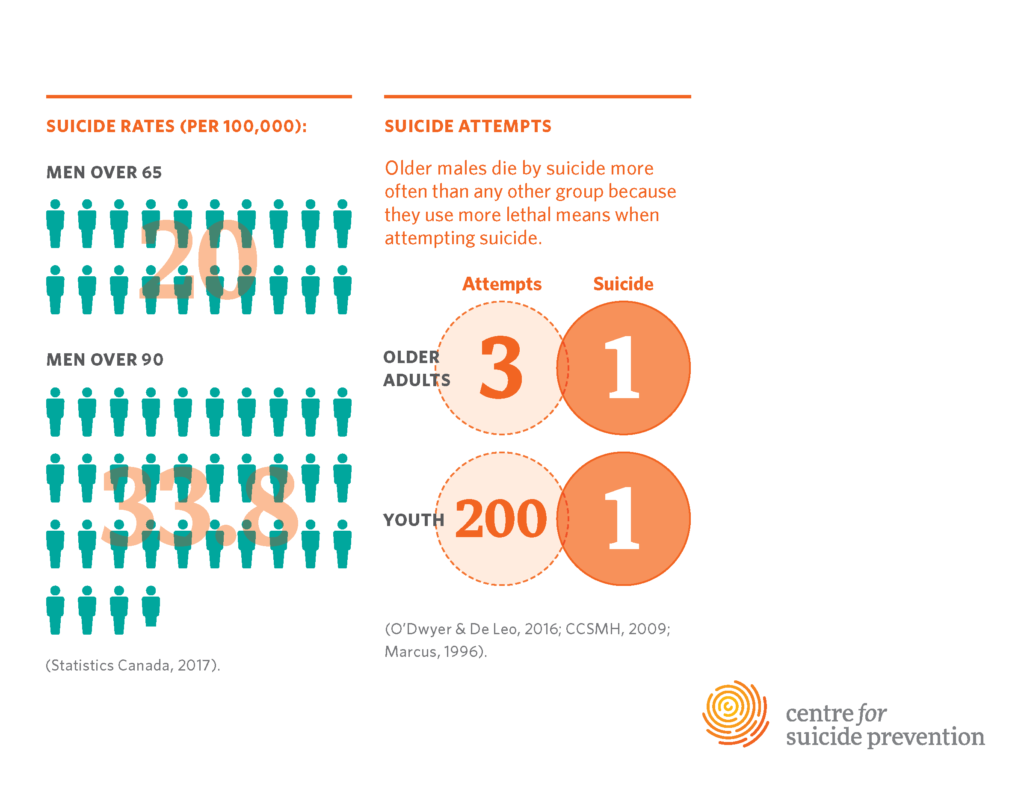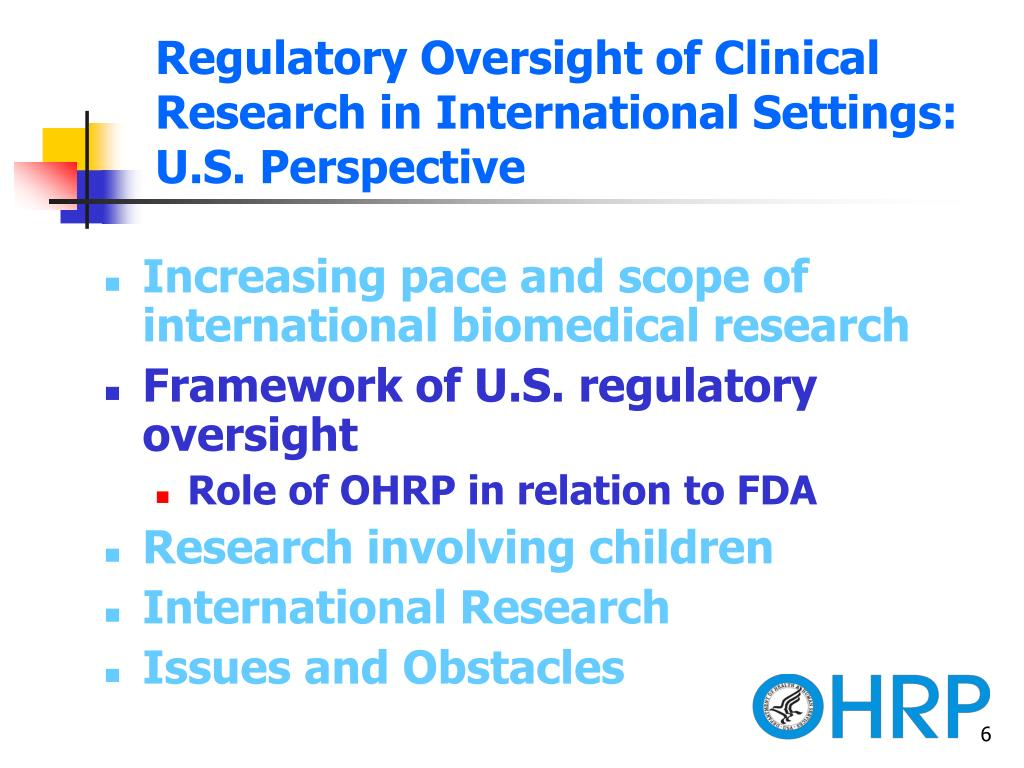
Suicide prevention for older adults is an increasingly critical public health issue, as seniors, particularly those aged 75 and older, experience the highest rates of suicide compared to any other age group. A recent study highlighted a concerning lack of accessible mental health resources for seniors, despite their growing use of online platforms to seek help. This gap in services underscores the vital need for targeted online suicide prevention efforts that address the unique challenges faced by elderly populations. Geriatric psychiatry experts emphasize the importance of crafting support systems that are not only effective but also easily discoverable. By increasing awareness around senior suicide rates and enhancing elderly mental health support, we can foster resilience and provide the necessary tools for older adults to find help when they need it most.
Addressing the pressing issue of suicide among the elderly calls for nuanced strategies tailored to the distinct needs of older individuals. With advancements in technology, particularly online suicide prevention initiatives, we have the potential to reach seniors who might otherwise feel isolated. Mental health resources targeting this demographic must evolve to ensure that crucial support is both accessible and relevant. Careful examination of geriatric mental health trends, including the increasing incidence of suicidal thoughts in older adults, is essential for developing effective intervention programs. By prioritizing the mental well-being of seniors and implementing comprehensive suicide prevention tactics, we can significantly reduce the risk factors associated with elderly suicide.
Understanding the High Suicide Rates Among Older Adults
Suicide rates among older adults, particularly those aged 75 and older, have become a pressing public health concern. According to statistics from the Centers for Disease Control and Prevention (CDC), this group has a suicide rate of 20.3 per 100,000, which is significantly higher than that of younger populations. Despite the alarming numbers, there seems to be a stark disconnect between the need for resources aimed at this demographic and the availability of such resources. Many national suicide prevention organizations fail to create adequate outreach programs specifically tailored for the elderly, leaving a critical gap in mental health support for seniors.
Factors contributing to this heightened risk include social isolation, chronic health conditions, and a general lack of mental health resources for seniors. These elements can lead to feelings of hopelessness and despair among older individuals. Additionally, systemic biases in healthcare often lead to underrepresentation of the elderly in research and intervention strategies. Addressing these unique issues is essential for effectively lowering the suicide rates in this age group.
Frequently Asked Questions
What are the senior suicide rates in the United States?
Senior suicide rates in the United States are alarmingly high, especially among older adults aged 75 and older, who face a rate of 20.3 per 100,000 people. This age group has the highest suicide rates of any demographic, highlighting the urgent need for effective suicide prevention for older adults.
What mental health resources for seniors are available to prevent suicide?
Mental health resources for seniors are crucial for suicide prevention. These include community mental health programs, helplines dedicated to elderly support, and online resources that offer counseling and intervention strategies specifically tailored for older adults to address their unique mental health needs.
How can online suicide prevention be improved for older adults?
Online suicide prevention can be significantly improved for older adults by developing targeted campaigns that address their specific concerns, increasing the visibility of these resources on major search engines, and ensuring that websites are user-friendly and easily accessible to this demographic.
What is the role of geriatric psychiatry in suicide prevention for older adults?
Geriatric psychiatry plays a vital role in suicide prevention for older adults by providing specialized mental health care that understands the unique challenges faced by the elderly. Psychiatrists in this field focus on effective interventions, therapy, and medication management tailored to the mental health needs of seniors.
What types of elderly mental health support are available for suicide prevention?
Elderly mental health support for suicide prevention includes peer support groups, individual counseling, and community outreach programs aimed at fostering social connections and reducing isolation among older adults. These initiatives are critical for identifying at-risk individuals and offering timely assistance.
Why is there a lack of resources for suicide prevention for older adults?
The lack of resources for suicide prevention for older adults stems from systemic biases, underrepresentation in research, and a historical focus on younger populations in mental health initiatives. This creates an urgent need for tailored resources that specifically address the unique mental health challenges faced by seniors.
What steps can be taken to enhance suicide prevention efforts for older adults?
Enhancing suicide prevention efforts for older adults involves increasing funding for targeted mental health programs, improving the accessibility of online resources, and developing community campaigns that raise awareness about the risks of suicide in this age group.
| Key Point | Details |
|---|---|
| Older Adults at Risk | Adults aged 75 and older have the highest suicide rates compared to other age groups. |
| Lack of Resources | Suicide prevention organizations do not provide accessible resources specifically for older adults. |
| Study Findings | Research, led by McLean Hospital, shows a significant unmet need for suicide prevention resources targeted toward older adults. |
| Online Resource Imbalance | Investigators found that available online resources were scarce and often hard to find despite acknowledging the high risk for older adults. |
| Increased Suicide Rates | While suicide rates in younger age groups have declined, older adults have experienced an increase in rates, attributed to social isolation and loneliness. |
| Need for Targeted Campaigns | There is an urgent need for public-facing suicide prevention campaigns tailored for older adults. |
| Next Steps | Enhanced funding and research focused on suicide prevention for older adults is crucial. |
Summary
Suicide prevention for older adults is a critical issue, as this group faces the highest risk of suicide yet has limited resources to address their needs. The recent study underscores the disparity in targeting of suicide prevention efforts, revealing a lack of accessible information for older individuals who seek help online. To effectively combat this growing concern, it is essential to develop tailored programs and campaigns that address the unique challenges faced by this population, thus ensuring that older adults have the necessary support and resources readily available.






